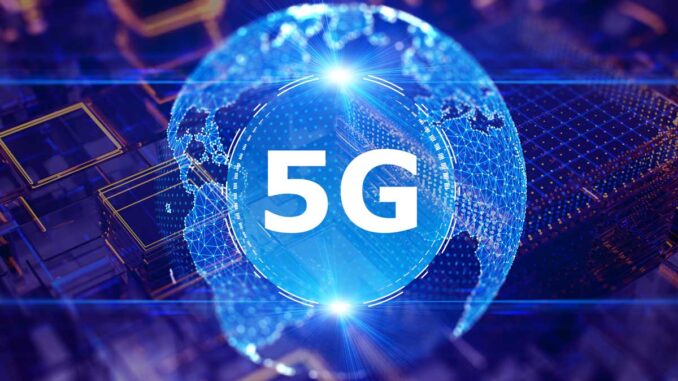
While 5G technology holds great potential to transform communications and enable new applications, its deployment is fraught with challenges. Addressing these challenges will require collaboration among governments, telecommunications companies,
and stakeholders to ensure successful and equitable implementation of 5G networks globally. Solutions must focus on infrastructure investment, device compatibility, cybersecurity measures, and public education to fully realize the benefits of 5G technology.









Challenges and Limitations of 5G Technology
While 5G technology promises numerous benefits, it also faces several challenges and limitations that could impact its deployment and effectiveness. Here are the key challenges:
### 1. **Infrastructure and Deployment Costs**
– **High Installation Costs**: Building a 5G network requires substantial investment in new infrastructure, including base stations and fiber optic connections. This can be particularly burdensome for smaller telecommunications companies.
– **Dense Network Requirements**: 5G operates at higher frequencies (especially mmWave), which have a shorter range and may require many more small cell sites compared to previous generations. This creates logistical and financial challenges in densely populated areas.
### 2. **Coverage Limitations**
– **Limited Rural Coverage**: As of now, 5G networks are mainly deployed in urban and suburban areas, leaving rural regions with limited or no coverage. Addressing this disparity can be challenging and resource-intensive.
– **Signal Blockage**: Higher frequency signals can be obstructed by buildings, trees, and other physical obstacles, leading to inconsistent connectivity in urban environments.
### 3. **Device Compatibility**
– **Need for 5G-Ready Devices**: Many existing devices are not compatible with 5G networks. Consumers and businesses may incur additional costs in upgrading or replacing devices to leverage 5G capabilities.
– **Fragmentation**: Different countries and regions may adopt varying 5G standards, which can lead to issues of compatibility and interoperability across devices and networks.
### 4. **Cybersecurity Risks**
– **Increased Attack Surface**: The extensive connectivity made possible by 5G increases potential vulnerabilities, creating more entry points for cyberattacks.
– **Data Privacy Concerns**: With the ability to connect a myriad of IoT devices, there are heightened risks regarding data privacy and the secure handling of sensitive information.
### 5. **Health and Environmental Concerns**
– **Public Perception**: There is ongoing debate and concern regarding the potential health effects of 5G radiation, which may affect public acceptance and deployment efforts.
– **Environmental Impact**: The increase in infrastructure and energy consumption required for 5G networks raises concerns about their environmental footprint.
### 6. **Regulatory and Standardization Issues**
– **Lack of Regulatory Frameworks**: There are still evolving regulatory frameworks for 5G deployment, spectrum allocation, and safety standards, which can lead to delays and uncertainties in rollout.
– **Spectrum Management**: Efficiently managing and allocating the necessary spectrum for 5G use can be complex and is subject to international negotiations and agreements.
### 7. **Technical Complexity**
– **Integration with Existing Networks**: Transitioning from 4G to 5G involves integrating new technologies with existing infrastructure, which can be complicated and require significant expertise.
– **Backhaul Requirements**: 5G networks require advanced backhaul solutions to manage the increased data traffic, necessitating further investment and development.


Leave a Reply